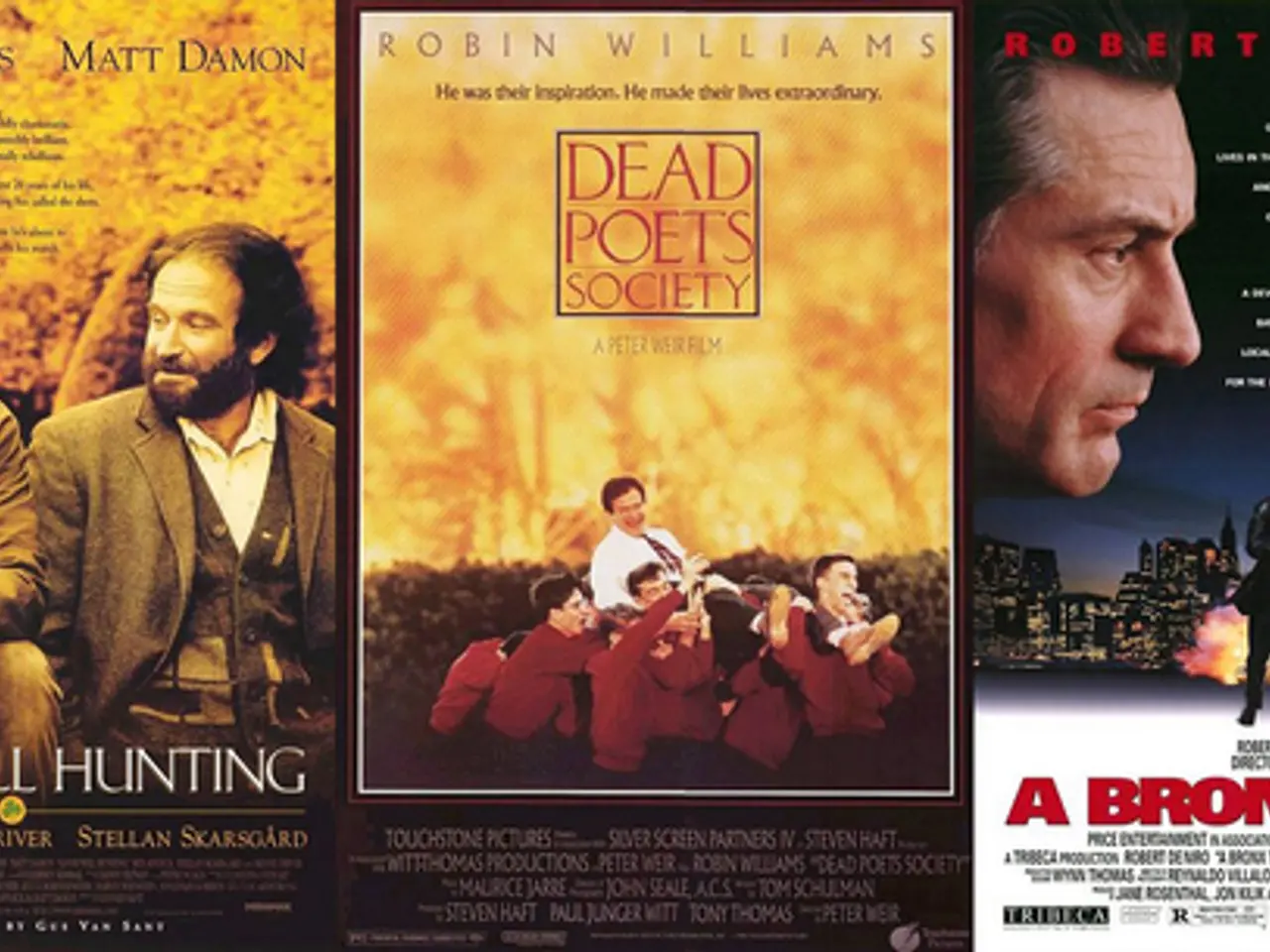More than half of Windows PCs still haven't upgraded to Windows 11, and time is running out, according to a recent study.
As the end of support for Windows 10 approaches on October 14, 2025, a significant number of PCs, both in the enterprise and consumer spaces, are yet to upgrade to Windows 11, according to recent data.
According to StatCounter, Windows 10 still runs on approximately 44.59% of all Windows PCs as of July 2025. This indicates that a substantial number of PCs, including approximately 50% of consumer devices and 60% of devices in markets like healthcare, are yet to upgrade to Windows 11.
The trend suggests that while many are upgrading, a considerable portion of PCs continue to run on Windows 10. This could potentially leave these devices vulnerable after the end of support, as apps and drivers are expected to gradually stop supporting Windows 10.
Microsoft has confirmed that it will stop delivering new features to Office on Windows 10 starting next year, further emphasising the need for an upgrade. Millions of PCs are expected to still be running Windows 10 when it reaches end of life in October, potentially exposing them to security risks.
For those who choose not to pay for extended security updates or upgrade to Windows 11, their PCs will be running without security patches, increasing the risk of cyber threats. Microsoft offers extended security updates for Windows 10 beyond October 2025 for a fee, but the cost doubles for every year a device remains enrolled in the program.
However, the study suggests that 87% of the PCs that are yet to be upgraded are ready to do so, with no need for a new PC purchase for the update process. This could make the transition smoother for many users.
The extended security updates program for commercial customers runs from October 2025 to October 2028, with a cost of $61 per device per year. For consumers, the cost is significantly cheaper at $30 or free with a Microsoft Account, but only provides one year of extended security updates.
In North America, 57% of PCs still need to upgrade to Windows 11, whereas the number is only 30% in Europe, indicating a higher migration rate from Windows 10 in European markets.
As the deadline for Windows 10's end of support draws near, it's uncertain how many of these PCs will opt for extended security updates or continue without them. The decision to upgrade to Windows 11 or move to another platform to remain secure is becoming increasingly important for PC users.
- Although Windows 11 has been available for some time, StatCounter reports that Windows 10 still runs on approximately 44.59% of all Windows PCs as of July 2025.
- This figure shows that a substantial number of PCs, including approximately 50% of consumer devices and 60% of devices in markets like healthcare, have yet to upgrade to Windows 11.
- As the end of support for Windows 10 nears on October 14, 2025, apps and drivers are expected to gradually stop supporting Windows 10, potentially leaving these devices vulnerable.
- Microsoft has confirmed that it will stop delivering new features to Office on Windows 10 starting next year, further emphasizing the need for an upgrade.
- For those who choose not to pay for extended security updates or upgrade to Windows 11, their PCs will be running without security patches, increasing the risk of cyber threats.
- The study suggests that 87% of the PCs that are yet to be upgraded are ready to do so, with no need for a new PC purchase for the update process.
- In North America, 57% of PCs still need to upgrade to Windows 11, whereas the number is only 30% in Europe, indicating a higher migration rate from Windows 10 in European markets.




